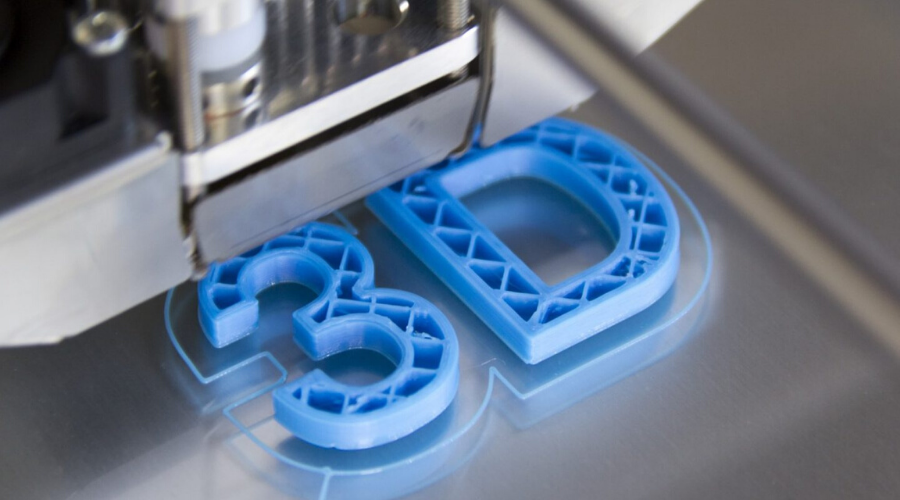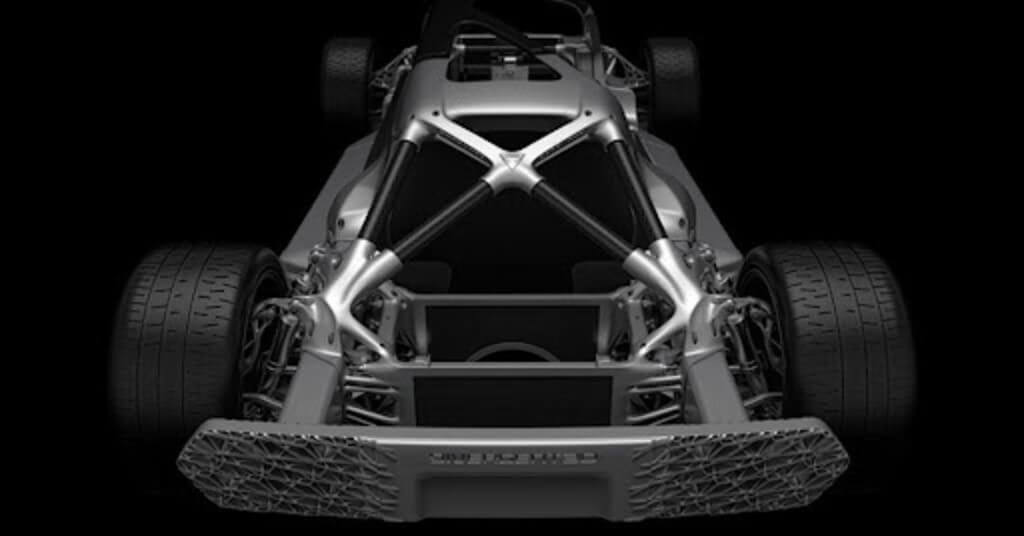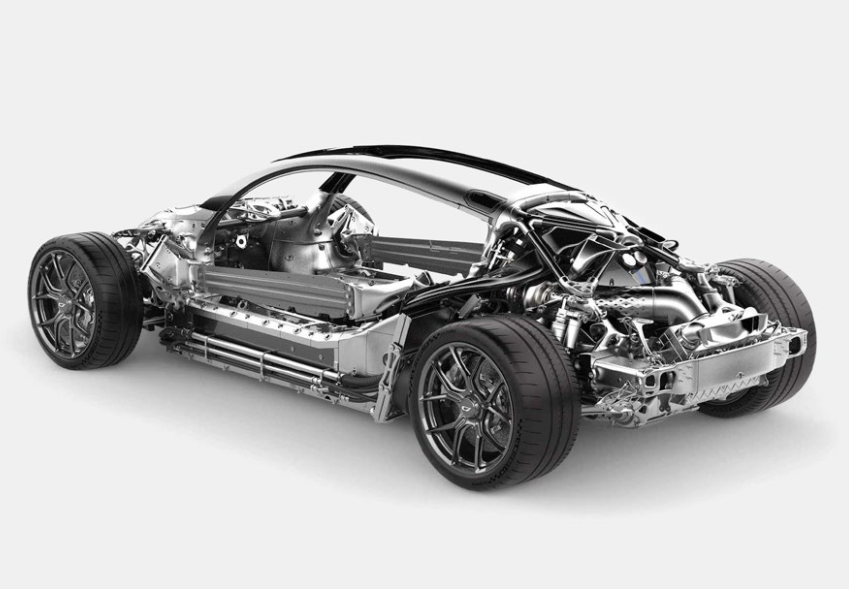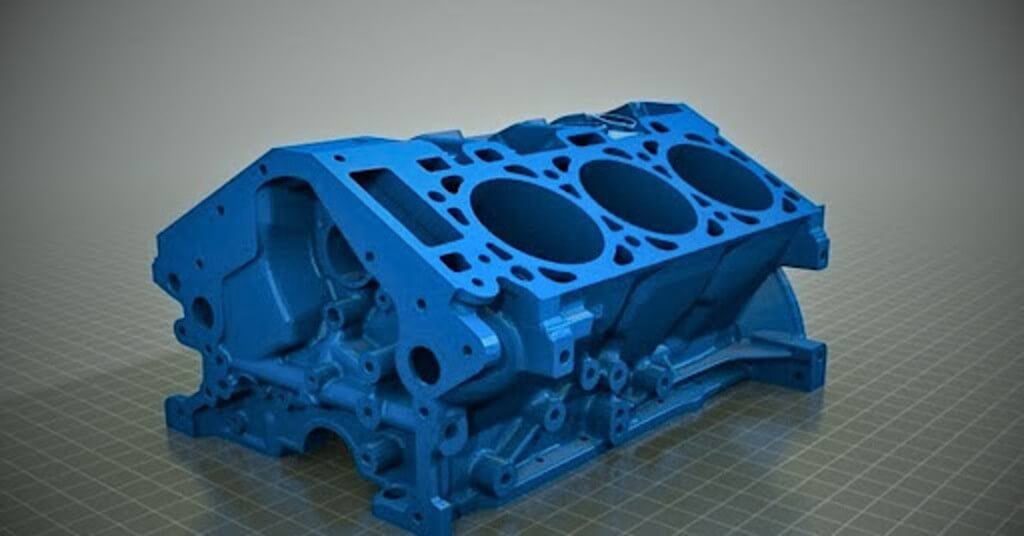Introduction to common types of automotive 3D printed parts
3D printing technology enables the rapid design of key prototype parts. It has revolutionized the product development phase of automotive parts. With 3D printing, automotive designers can quickly create body panel parts. And shorten the development cycle of automotive parts manufacturing.
The following are some common automotive 3D printed parts.
1.High performance automotive engine components
Metal 3D printing technologies such as electron beam melting are often used to manufacture high-temperature profile engine parts, such as valves, turbochargers, connecting rods, etc. These high-performance parts are made from high-strength metals, including titanium, nickel-based alloys and stainless steel.

2.Car braking system
Automotive designers frequently use MPBF and fused filament fabrication technologies to create and design brake 3D printed automotive parts. Likewise, brake components such as brake discs and brake calipers, as well as common components such as car mounts, are also 3D printed using metals such as aluminum and magnesium alloys.
3.3D printed transmission parts
Metal 3D printers are famous for printing automotive transmission parts. These parts are made of steel and titanium alloys. Some parts include gears, transmissions, and torque converters. Generally, 3D printing technologies such as bondjet, stereolithography (SLA), and fused deposition modeling printers are used to print these sensitive automotive parts.

4.Building a fire truck through 3D printing
Many fire service companies use industrial custom 3D printers to manufacture the structural frames for many agile vehicles such as; turntable ladders and portable pumps. It becomes a complete process of designing ergonomically designed fire truck parts. These components need to be durable and chemically resistant. That’s why designers deploy 3D printing to shape these components. Some reputable companies, like Bokar, use in-house 3D printing of fire truck components to optimize performance.
5.3D printing custom end-use automotive parts
Custom 3D printing processes such as Selective Laser Sintering (SLS), Fused Deposition Modeling (FDM) and Digital Light Processing (DLP) are widely used to form end-use or final automotive parts without the need for any tools. Some common examples include interior chassis beams, custom fixtures, tool equipment, and more.
Additionally, 3D printed body panels are a great example of a 3D printer. 3D printing of final automotive parts is often cost-effective and allows designers and manufacturers to quickly turn virtual concepts into real-world components.

6.3D printing transforms and builds racing cars
3D printed automotive parts are critical for structural housing strength, electric mobility and aesthetic enhancement of automotive mechanical parts. It is suitable for manufacturing engineering design components, especially for racing cars. Original equipment manufacturers (OEMs) utilize custom 3D printed parts to improve the overall performance of race cars. In parts manufacturing, usually PLA material is used due to its flammability and durability.
